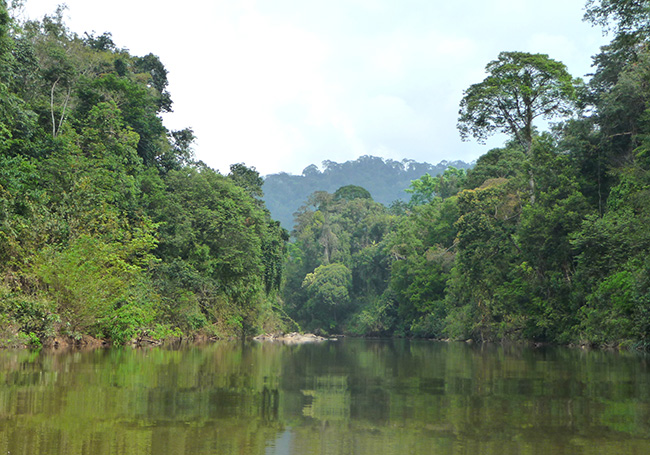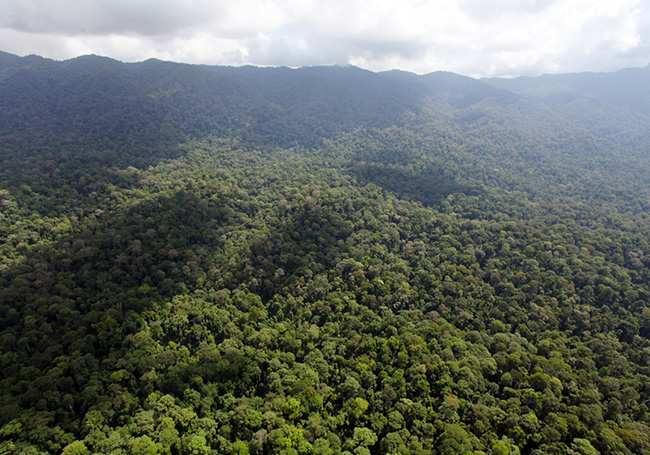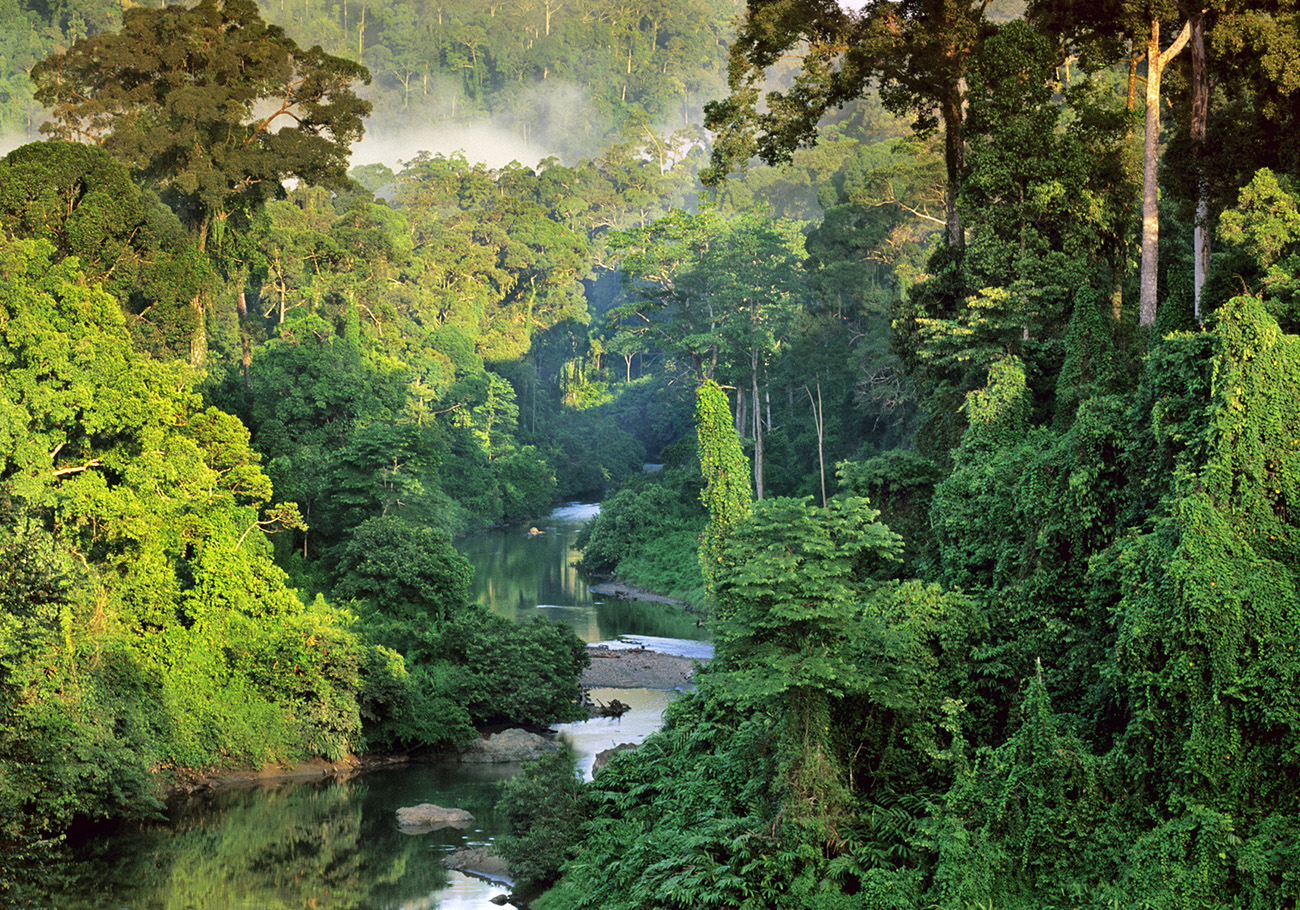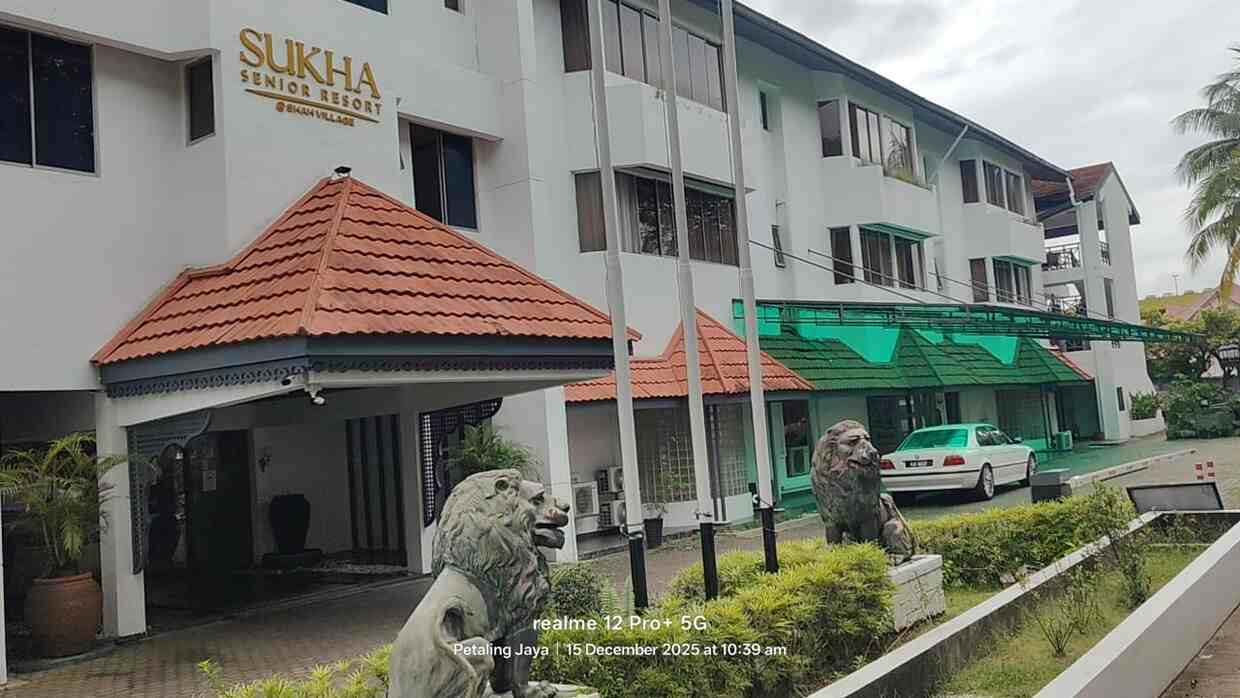
RimbaWatch, formerly known as the Rimba Disclosure Project, has published a study titled “State of the Malaysian rain forest 2023” to monitor deforestation activities in Malaysia. The study analyses all data related to past and potential deforestation, identifying economic drivers of deforestation and estimating future deforestation statistics.
It also provides an overall assessment of forestry governance on a national scale. The findings reveal that Malaysia has deforested 349,244 hectares between 2017 and 2021, with Sarawak and Pahang experiencing the highest deforestation rates. The study identifies timber plantations and palm oil as the biggest drivers of past deforestation.
Through desktop research, RimbaWatch analysed 438 alerts concerning areas at risk of deforestation in the future. The study identified five categories:
- Zoning of forested land
- Real estate listings of forested land
- Forest reserve degazettement
- Approved forest-risk environmental impact assessments
- Miscellaneous data

The study estimates that a further 2,346,601 hectares of forests in Malaysia have been earmarked for deforestation.
Malaysia’s Ministry of Natural Resources, Environment & Climate Change lists Malaysia’s 2017 forest cover at 18,332,583 hectares, accounting for 55.52% of its total land area.
The study combined data for deforestation between 2017-2021 and potential future deforestation alerts. It benchmarked against the 2017 forest cover as reported by the Ministry, revealing that Malaysia’s forest cover could decrease to 15,636,737 hectares or 47.35% of its total land area.
RimbaWatch’s study identifies many issues related to regulatory, social and environmental problems, such as fatalities linked to deforestation, forest reserves and the sale of Indigenous lands online, and large-scale deforestation without environmental impact assessments.

The study calls on the government to end Forest Plantation in Peninsular Malaysia, License for Planted Forest in Sarawak and Industrial Tree Plantation in Sabah programs. It further argues that industrial timber plantations are not natural forest cover, and these programs involve deforestation and converting forest reserve lands into monoculture plantations.
The findings raise concerns about Malaysia’s commitment to maintaining 50% of its land cover as forest, as the study estimates the forest cover is at risk of falling to 47.35% in the future. RimbaWatch calls for centralised monitoring of deforestation-related approvals and highlights the inadequacy of certification frameworks, potential inaccuracies in climate reporting, conflicts of interest, invasions of Indigenous territories, and violation of human rights.
In conclusion, RimbaWatch’s study reveals that Malaysia’s forest cover could drop 50% in the future due to the earmarked deforestation areas and regulatory, social and environmental issues. The study calls on the government to end programs that involve the deforestation of forest reserve lands and restore natural forests instead.











